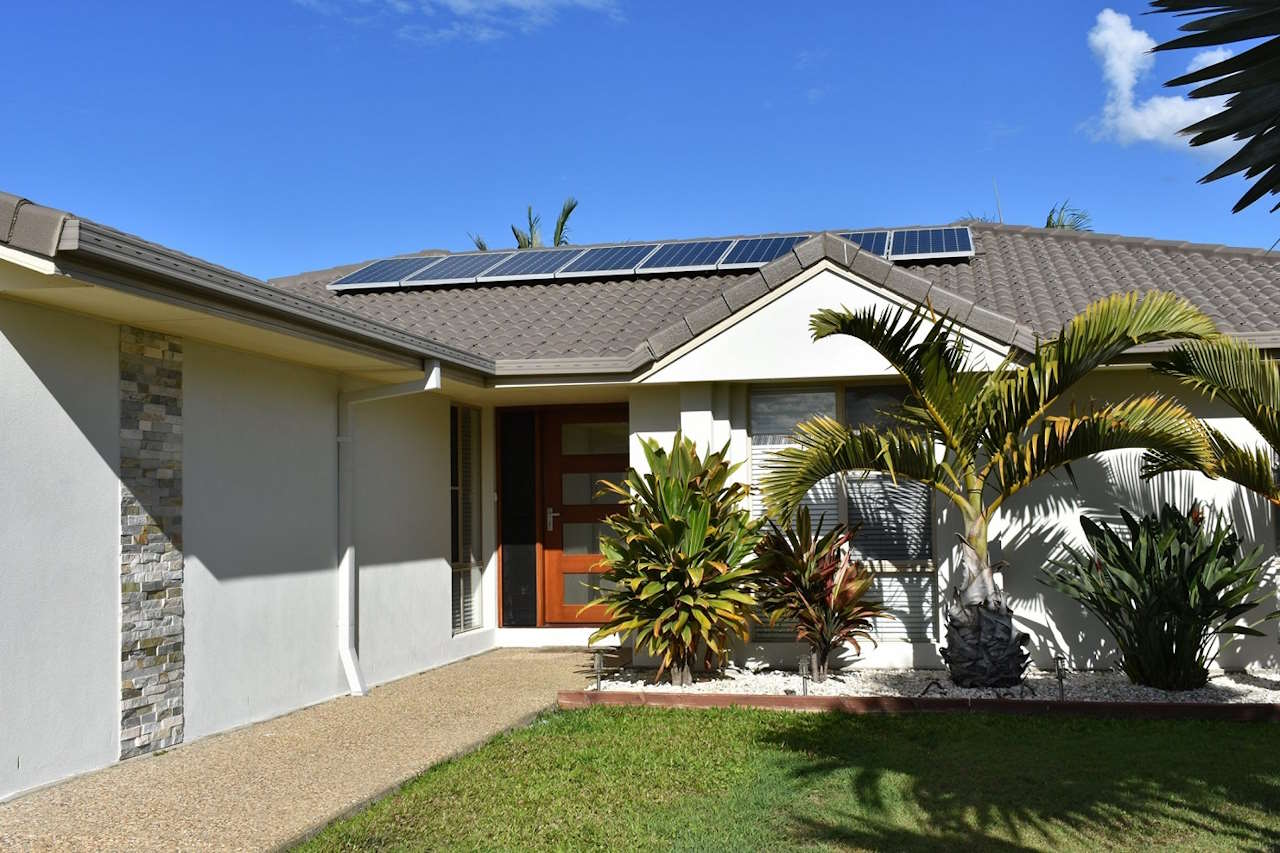On Friday the Victorian Essential Services Commission released its draft ruling on the minimum feed-in tariff electricity retailers need to pay households for power exported to the grid from their solar system.
The answer is zero, or at least pretty damn close to it – 0.04 cents per kilowatt-hour to be exact. The other states of Australia are headed in a similar direction.
No doubt many owners of a solar system will be outraged and indignant over this news. Many in the solar industry will also be rightfully concerned about what it means for their business. But it reflects the reality that during the bulk of daylight hours in Victoria the average price paid to all power generators is rapidly approaching zero. It’s not just you, the little householder, it’s everyone.
Judging from some of the negative media commentary greeting this announcement, you’d think that this was a sign the growth of rooftop solar was some kind of social experiment gone wrong.
Given the incredible concern around cost of living – why were there no headlines celebrating the fact that daylight power prices are heading to zero?
It is actually a remarkable achievement. Contrary to much of the conservative political commentary this shows incredibly clearly that rooftop solar is benefiting all consumers, not just those that own a solar system.
It has also led to a dramatic lowering of carbon emissions during daylight hours as coal and gas generators have been forced to minimise their generation.
Many of the poorest in our community tend to be pensioners and the unemployed who occupy their homes during daylight hours. Through adopting retail offers using time-of-use tariffs, they can take advantage of lower prices during the daytime.
That’s not to say everything is peachy. Wholesale power prices after the sun go down remain at very high levels compared to where they were a decade ago. Is that the fault of solar though?
The reality is that prices have become very high in the evening compared to what they were a decade ago because coal, and particularly gas prices have risen dramatically over the past decade.
Big power generators don’t set their prices in the evening based on the fact their returns got smashed during daytime hours. Instead, they set their evening prices based on what competitors will let them get away with, as it is in every other market.
Those prices have risen because gas prices over the past decade have doubled to tripled on average. Also thermal coal prices facing the key price-setting coal generators of Gladstone and Eraring have experienced a similar scale of rise.
Those large rises in fuel costs are why evening wholesale power prices are now much higher than they were a decade ago.
Many media and political commentators, in their concern for the financial viability of coal generators, seem to forget to ask – what would have happened to power prices were it not for the growth of renewable energy?
Instead of seeing daytime prices approaching zero, we’d likely see prices approaching what they are in the evening. The rise of solar in combination with wind has been the key thing stopping wholesale prices across the entire 24 hour period from rising to reflect the higher cost of coal and gas.
So the rise of rooftop solar has been incredibly successful in both lowering emissions and reducing energy costs during daytime periods. Now the solar industry and government need to move their gaze towards the next challenge – addressing the high costs and high emissions of the evening peak period.
Household battery systems are an obvious fix but have historically been too expensive to provide an economic solution. Yet given the cost of the primary input – battery cells and packs – has plummeted in the past 18 months, we expect that with some dedicated effort and scaling the industry could supply complete systems at around 30% to 50% cheaper than the historical norm.
At the same time, this is not our only option to address the challenge of shifting demand out of the evening peak and into daytime periods. We can better exploit the potential to shift water heating energy demand into the middle of the day.
Also with improved insulation and sealing we can also shift some heating and cooling demand into the middle of the day such that when people get home from work their air conditioners don’t have to work as hard to maintain a comfortable temperature.
These solutions are unlikely to be successfully rolled out by power utilities. They suffer from what Harvard Professor Clayton Christensen labelled the Innovator’s Dilemma – where the interests and capabilities of their existing business act to stifle new competing technologies.
Instead, it will fall to the solar industry to convert the threat of low feed-in tariffs into an opportunity to sell demand flexibility and efficiency solutions to help customers’ fully exploit low-cost solar and lower their energy bills.
Tristan Edis is director of analysis and advisory at Green Energy Markets. Green Energy Markets provides analysis and advice to assist clients make better informed investment, trading and policy decisions in energy and carbon abatement markets.






